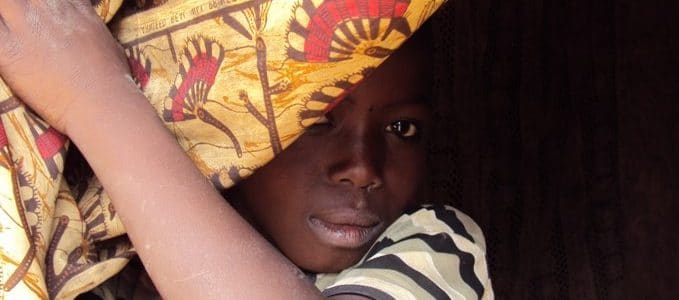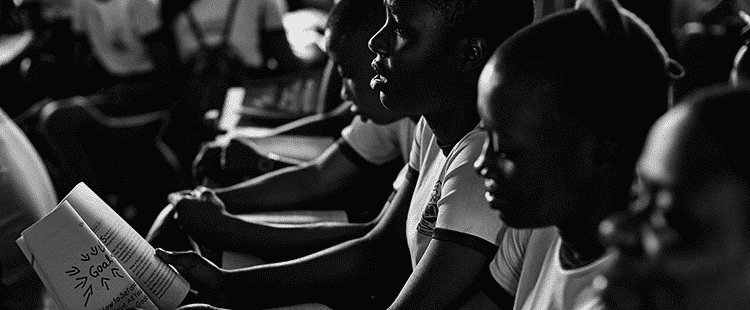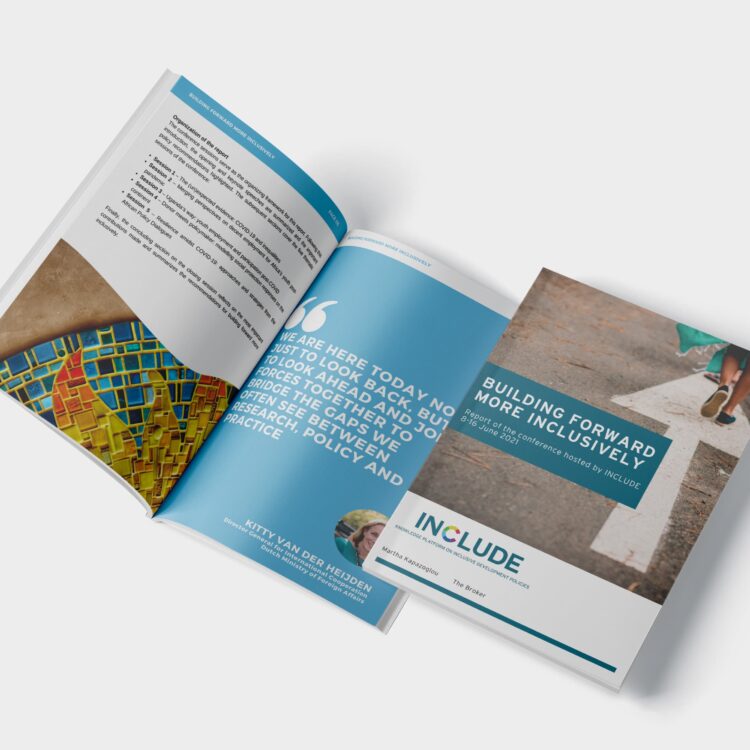
That the most marginalized and poorest people are off the radar for many development agencies has now been widely acknowledged. Good intentions alone have proven to be insufficient to reach these people. Based on original field research in Bangladesh (rural), Benin (rural) and Ethiopia (rural and urban), I suggest the following measures for the sustainable inclusion of those currently left behind.
Development agencies generally have little knowledge of, and interaction with, the poorest and most marginalized people in their working areas.
Recommendation 1:
Apart from exclusion by development agencies, institutional exclusion and exclusion by family and community were also found. Family and community members often mistreat and verbally and physically abuse the poorest and most marginalized people. These people are made fun of or simply ignored, as if they do not exist. Negative encounters with family and community members, whereby their inferiority was implicit, appear to be internalized. Ill-treatment and social exclusion, or adverse incorporation, can leave the poorest and most marginalized feeling dehumanized, eroding their self-image and confidence. These people feel unwanted and unwelcome in their community and wider society and, consequently, tend to self-exclude.
Self-image was found to be spatially different: positive self-images dominated in the urban area, while in rural areas self-images were mostly negative. In the urban area, this is most likely due to the fact that people experiencing extreme poverty predominantly interact with people in a similar situation to themselves and, thus, mirror a certain attitude. Moreover, in urban areas, people did not tend to self-exclude on a community level and most of them were included in a development intervention. However, voluntary interaction with people outside of their own socio-economic group did not take place. Interaction with people in the wider society was reported as unpleasant and often insulting. These negative interactions may explain why the poorest and most marginalized people tend to self-exclude and remained excluded from society. The research uncovered an important interrelation between social exclusion/adverse incorporation and self-exclusion.
Recommendation 2:
Development agencies exclude the poorest and most marginalized people through the set-up of their interventions. This can happen as a result of conscious exclusion (e.g. agribusiness intended for middle class farmers), lack of transparency in the targeting process (e.g. using methods that are susceptible to nepotism and elite capture), and lack of (consistent) monitoring and evaluation (to prevent elite capture, for example).
Recommendation 3:
Development interventions that have been able to address people in extreme poverty, focus on those who are considered ‘economically active’. This means that those perceived as ‘economically inactive’ are, and will be, excluded from these interventions.
Recommendation 4:
Development agencies showed neither attention to the (interrelations between) relational and cognitive aspects of ill/wellbeing, nor to the individual causes that trigger extreme poverty and context-specific structural causes that keep people trapped in extreme poverty. Some agencies even contributed to or reproduced existing causes (such as by collaborating with corrupted government officers and local leaders). The effect of this is that people continue to fall into (extreme) poverty.
Recommendation 5:
Although we are battling poverty, are we living up to the promise of ‘leaving no one behind’? Keeping with the military roots of this mantra, it appears that we are assisting those wounded by a grazing shot and still capable of moving, but leaving the heavily wounded behind. The recommendations above focus on the individual and community level. However, attention to macro causes, such as corruption, lack of citizenship, elitism, climate change, trade liberalization, tax evasion and cultural traditions sustaining value systems that reproduce extreme poverty, is equally important. There is a need to diverge from the neoliberal agenda and move towards paying attention to power inequities and focus on the human dimension. Only then will we truly leave no one behind.




